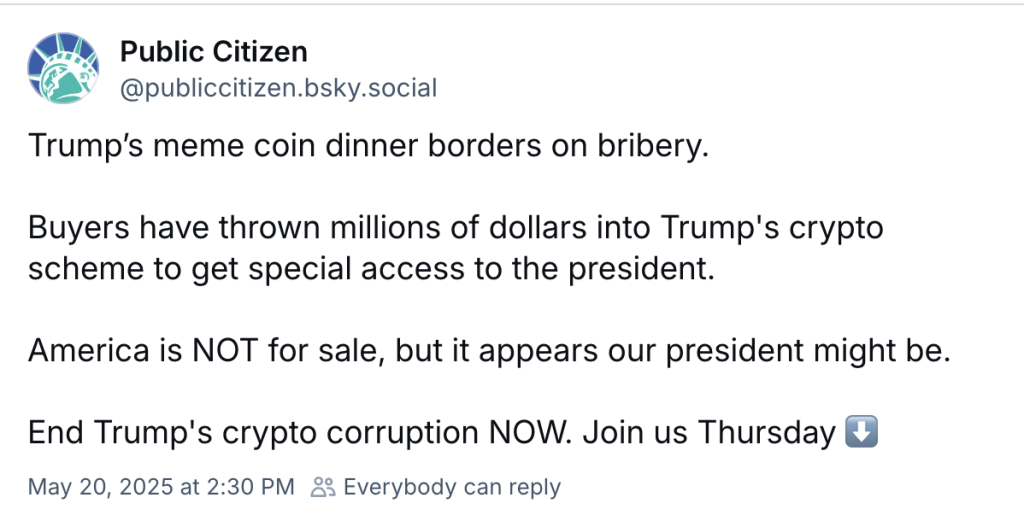To achieve results and remain relevant, any organizational initiative must connect to and support business strategy. And to support and impact those goals in innovative ways, HR leaders must understand the objectives of the organization. Without this connection, the initiative won’t succeed. But if you link it to the overall business strategy, it becomes more sustainable. While this business-focused approach is oftentimes pragmatic, many diversity, equity and inclusion initiatives, such as employee resource groups, omit this connection to business strategy.
Instead of being inclusive of business strategy, these initiatives remain singularly focused—emphasizing only the social element, which is an incredibly important aspect of any DEI plan, but not the whole picture. Today, DEI is a business imperative. Best practices encourage embedding DEI and corporate social responsibility principles into the company’s business ecosystem. Employee resource groups are an essential element of this overall approach. In many organizations, emerging business resource groups are evolving the goals of employee resource groups, underlining the critical role employees can play in both driving company growth and supporting their communities.
4 ways BRGs can drive business outcomes
First and foremost, your organization must strive to build a workforce that is reflective of the communities where you operate and the customers you serve. It’s the foundation that enables BRGs and diverse employees to forge connection points between their communities and the organization’s business goals.
BRG members can contribute to the business in four crucial areas. Importantly, these areas are all measurable, and they can enable you to track results and adjust your approach when necessary to maximize the impact that can be collectively made.
- Talent acquisition. From a business perspective, employers risk putting themselves at a competitive disadvantage if they fail to seek out the best candidates from the widest pool, and they may struggle to retain qualified talent from a diverse range of ethnicities and backgrounds. BRGs can serve as a strong source of new talent referrals to help foster a diverse and competitive workforce. If your organization’s BRGs touch individuals from a variety of underrepresented groups, that provides a great connection to talent pools that can help unlock innovation and drive the sharing of new ideas and experiences across your organization. These groups will get a glimpse into your organization’s culture and values as well, helping to build a positive candidate experience from the outset and ultimately impacting how your organization is perceived both internally and externally.
- Career development. Retention is another current challenge many businesses are facing amid the current labor market. Through BRGs, employees can organically find mentors, sponsors and developmental opportunities, all of which can help keep them engaged and serve as a space for career development. The connections that BRGs foster can help employees feel supported in challenges they’re facing and also offer them strategies to tailor their career trajectory—impactful outcomes that can go a long way in cultivating an engaged and driven workforce.
- Business growth. As population demographics continue to change, BRGs are uniquely positioned to reach potential customers and shape the products and services that businesses offer, helping to expand opportunities. Incentive programs can be a powerful driver of new ideas and leads, too, and are often a simple and easily measured method to employ.
- Supplier base. Similarly, BRG members have relationships that can bring new partnership leads to your procurement organization. This builds the diversity of your supplier base and helps to create more opportunities within the communities where you operate.
See also: When ERGs, benefits teams work together, retention wins out
The evolution of employee resource groups
In many organizations, employee resource groups began as a way for underrepresented employees to feel a connection to others who shared similar experiences and backgrounds. This social aspect can have a positive effect on inclusion and belonging and can even strengthen the overall organizational culture. To extend the impact employee resource groups can make beyond company walls, consider providing opportunities for ERG members to drive business outcomes.
For many affinity group members, a compelling reason to participate is the ability to leverage the power of the organization to positively impact their communities. Adopting this BRG mindset can help advance those opportunities. When we view DEI education, programs and initiatives like BRGs as part of a larger ecosystem, the business case for DEI becomes even stronger. The hope is that as more businesses understand the value of DEI, we can create more progress for people throughout that larger ecosystem.
As an example, since heart disease the leading cause of death for women in the U.S., a women’s BRG might partner with a nonprofit organization to educate employees and customers and raise funds to support this particular cause. The organization might also support volunteer activities driven by the BRG, engaging employees in meaningful efforts and providing concrete help within local communities. Individuals only have so much influence on their own; working within an organization that supports DEI can greatly multiply the impact that can be made collectively in the communities in which your employees work and live.
BRG leaders today realize that to achieve equity for their communities they must speak to the business case and prove how they can contribute to the bottom line. The goal is to drive business outcomes while continuing to support and create an inclusive and equitable culture. It’s not culture or business case—it’s both. Unquestionably, there is a business impact when you support an inclusive culture. People join an organization—and stay—when the culture is strong. However, HR and DEI leaders must be focused and strategic if they want to harness the power of their organizations to create greater success and economic opportunities both inside and outside their company’s walls.
Credit: Source link










